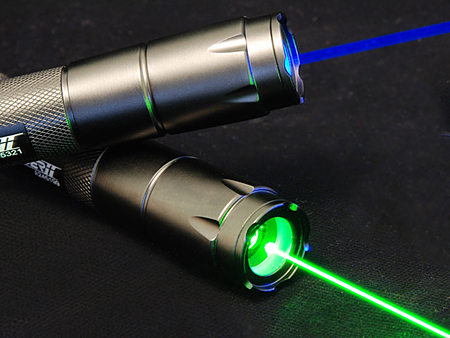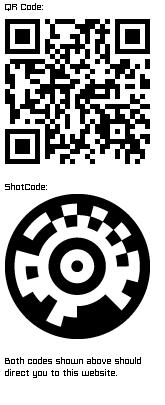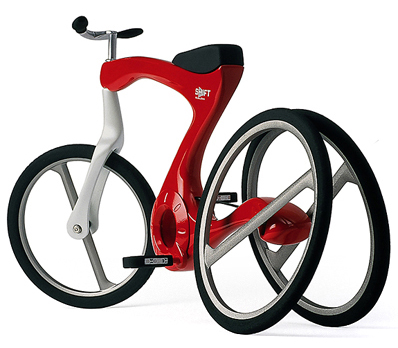Gadget: Sony MHS-PM5
 Saturday, June 12, 2010 at 12:51AM
Saturday, June 12, 2010 at 12:51AM 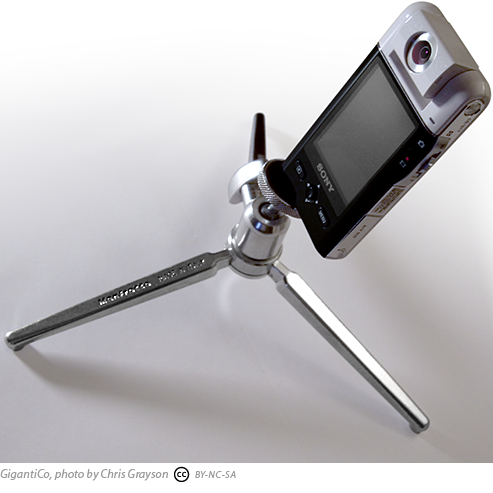
This is far from a full-on review. More like an acknowledgement of participation by the newest tool in my arsenal of gadgets. All of my video from Augmented Reality Event (ARE 2010) was shot with my new Sony HD Bloggie MHS-PM5. While much of it was shot hand-held, I also brought along a Manfrotto 709BR Digi
tripod. Originally bought to use with a 3M MPro120
pico projector, I had it with me to practice my presentation in my hotel room, and realized it could do double-duty (shown in the photo above).
I debated for a while whether to go with the CM5 or the PM5. It largely came down to a debate over compact-convenience vs optical zoom. I ultimately decided that I would get more use out of the PM5, being smaller and able to comfortably toss in my pocket without carrying a bag. Of course, there is always the possibility that it will be made instantly obsolete when I get the new iPhone 4, but it served its purpose for ARE and I’m certain to get more use out of it (Hey, it could be my iPhone camera’s #2. Power to the people.).
The mini-tripod combo worked well. In some presentations, I was able to get a desk seat, set up the camera on the tripod, and then not have to pay much attention to it (while, for instance, I geeked out live tweeting).
Extreme ease of use, I bought it only a day before my travel to Santa Clara, and did not take the time to experiment with it even once, for even a second until the moment I went to use it in the field for the first time. After leaving it on the charger over night, the following morning I turned it on for the first time mere moments before recording my first video, and knew intuitively exactly how to use it. It gets an A+ in ease of use.
There is one serious limitation to this device that any potential buyer must be aware of in advance: It can only record 29-minutes at a time. Even with a 16G SanDisk, which could hold several hours of video, it won’t record beyond the 29 minutes. You can record many multiple files of less than 29-minutes each, and you can begin recording another clip just seconds after saving the prior one, but 29-minutes is the time limit. The salesman at B&H explained to me that it had to do with EU import regulations — there are apparently extra import taxes on video recorders that can be avoided by being sold as a “still camera”. In the EU, if the device records for 30 minutes or longer, it is considered a video camera, but if it takes pictures and also video clips of less-than 30 minutes, it is designated as a “still camera” with a video “feature”. And Sony apparently wanted to avoid EU tariffs, but didn’t want to make a separate model just for the US market. Anyway, that was the story I was told at B&H. The reason this matters, besides being an annoying, arbitrarily imposed limitation, is that I once lost track of time, and let it run longer than 30 minutes (while recording Blaise Aguera y Arcas’s Keynote), and the device froze-up. Worse than that, the video file was corrupted, so I didn’t even get to keep the first 29 minutes. This was further disappointing because I was told explicitly that, if it reached the 30-minute limitation, that the device would just save the file and stop recording. In other words, that is simply would not do precisely what it did.
In the grander scheme of things, I think the situations where I will record more that 30-minutes continuously are exceedingly rare, so I’m giving it the benefit of the doubt… for now.
While certainly not the quality of an optical zoom, the digital zoom performed better than expected, especially at full 4x zoom (where my expectations were very low). And when used with no zoom, the image quality was quite crisp. The steady-cam feature also worked better than my expectations, when used handheld.
Another nice selling point is the ability to flip the camera lens back towards you. This means you can record interviews, keeping yourself in the frame, and still see the video playback screen for composition.
I almost forgot to mention the battery life. Amazing! I forgot to get a spare battery when I purchased the device, so I tried to get one at JFK on my way out. No luck. No luck at the San Francisco airport, when I arrived, either. I was very concerned that I would run out of battery life, and be left without the use of my device for the second half of each day. Turns out I had nothing to worry about. Not only did the charge last all day long, the battery indicator never dropped below “fully charged”. I did put it back on the charger for the night, for the second day of the event, but still. It has now been a full week since I returned, and I have yet to see it indicate anything but a fully charged battery. Amazing battery life.
As the cheesy marketing name suggests, the “Bloggie” is marketed to bloggers such as myself. While the 29 minute record limit (and especially so, the corrupted file) were a big disappointment, I can still recommend the camera, based on its other features, so long as buyers are made well aware of this limitation going into the purchase. I really am the ideal target for such a product. As I aim to incorporate more-and-more video here at GigantiCo.tv, I expect I will get a lot more use out of the device. Perhaps I may come back and add my own comment to this post, after I’ve put it through the paces for a few months.
Oh, and as for the Manfrotto tripod — love it. Great ball-joint mounting head, sturdy, well made. Small enough to fold up and stick in your back pocket. Pretty sleek industrial design, too.
Disclosure: All product links include my Amazon affiliate tag.
 3M,
3M,  709BR,
709BR,  Bloggie,
Bloggie,  MHS-PMG,
MHS-PMG,  MPro120,
MPro120,  Manfrotto,
Manfrotto,  Sony,
Sony,  Video,
Video,  camcorder,
camcorder,  camera,
camera,  pico projector in
pico projector in  Electronics,
Electronics,  Gadget,
Gadget,  Technology,
Technology,  review
review 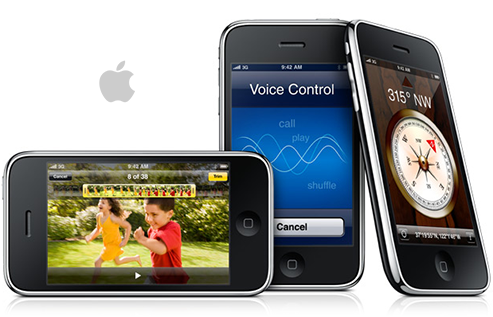


 Then there is the
Then there is the 
